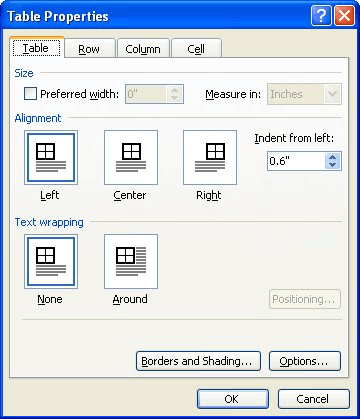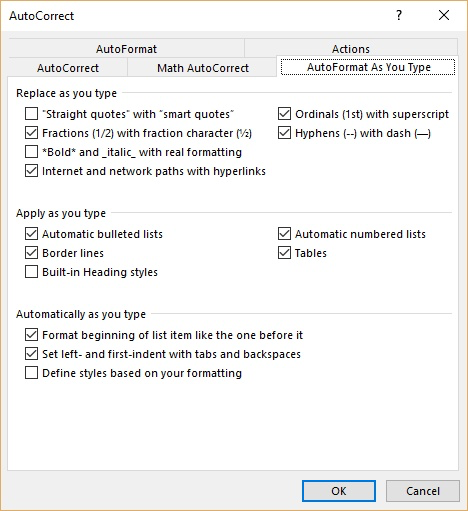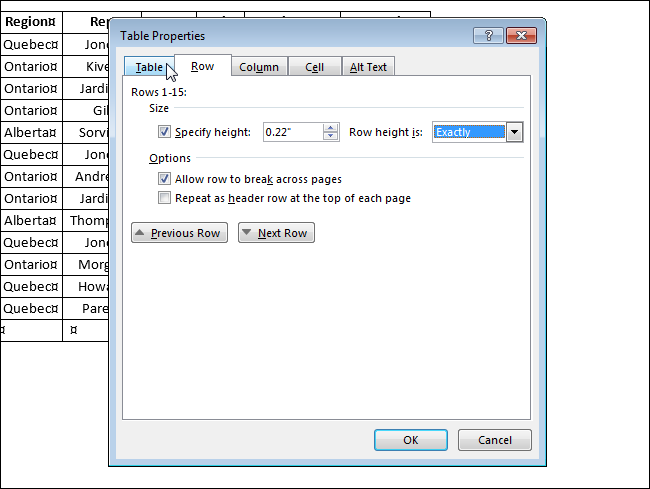
- Microsoft word 2011 for mac won't let me resize table row for free#
- Microsoft word 2011 for mac won't let me resize table row for mac#
- Microsoft word 2011 for mac won't let me resize table row mac#
With any luck, you’ll now find that it reads in the direction you wanted.
Microsoft word 2011 for mac won't let me resize table row mac#
Sure, he does a lot for charity, but you can’t say he doesn’t look like he’s plotting something in this photo.Īnyway, if you are a Mac owner, you’ll be happy to know there’s a workaround for the lack of options in your copy of Word if you need to set a script so that it reads left-to-right. We assume this is part of Bill Gates’ plan for world domination, but we’re not entirely sure how or why.
Microsoft word 2011 for mac won't let me resize table row for mac#
If your version of Microsoft Word for Mac is earlier than the 2016 version, you might find that it doesn’t provide the same level of customisation as described above. As such, you may have to change the text direction in these sections separately if required. It’s worth remembering that Microsoft Word treats comments, headers and footers as distinct from the main document when it comes to language options. Right click the ribbon to access this option. Thank you for subscribing to our newsletter!Ī similar process can be used to add buttons to your main ribbon using the ‘Customize the Ribbon’ option and adding a new ‘Group’ for the commands. Share them with others and work together at the same time. Save documents, spreadsheets, and presentations online, in OneDrive.
Microsoft word 2011 for mac won't let me resize table row for free#
You can then use these to change the text direction in your document (or just part of a document, if you select the relevant passage first). Collaborate for free with online versions of Microsoft Word, PowerPoint, Excel, and OneNote.

The general rule is that if you apply a paragraph style to a paragraph then direct formatting (like italic) will be retained where it covers less than half the text in the paragraph, and rejected when it covers more than half (Figures 2 and 3). What happens when you apply a paragraph style to a paragraph that already has direct formatting? On top of the paragraph style, you can apply additional formatting, like bold or italics or pink or small caps to the words that need them (Figure 1).

It also stores instructions about font formatting (bold, italics, colour, superscript etc). The words "King Lear" have direct italic formatting applied.Įvery paragraph has a paragraph style attached to it, whether you like it or not.Ī paragraph style not only stores instructions about paragraphs (indents, line spacing etc).

Figure 1: The paragraph style applied to this text has the font defined as Times New Roman, 11pt, not bold and not italics.


 0 kommentar(er)
0 kommentar(er)
